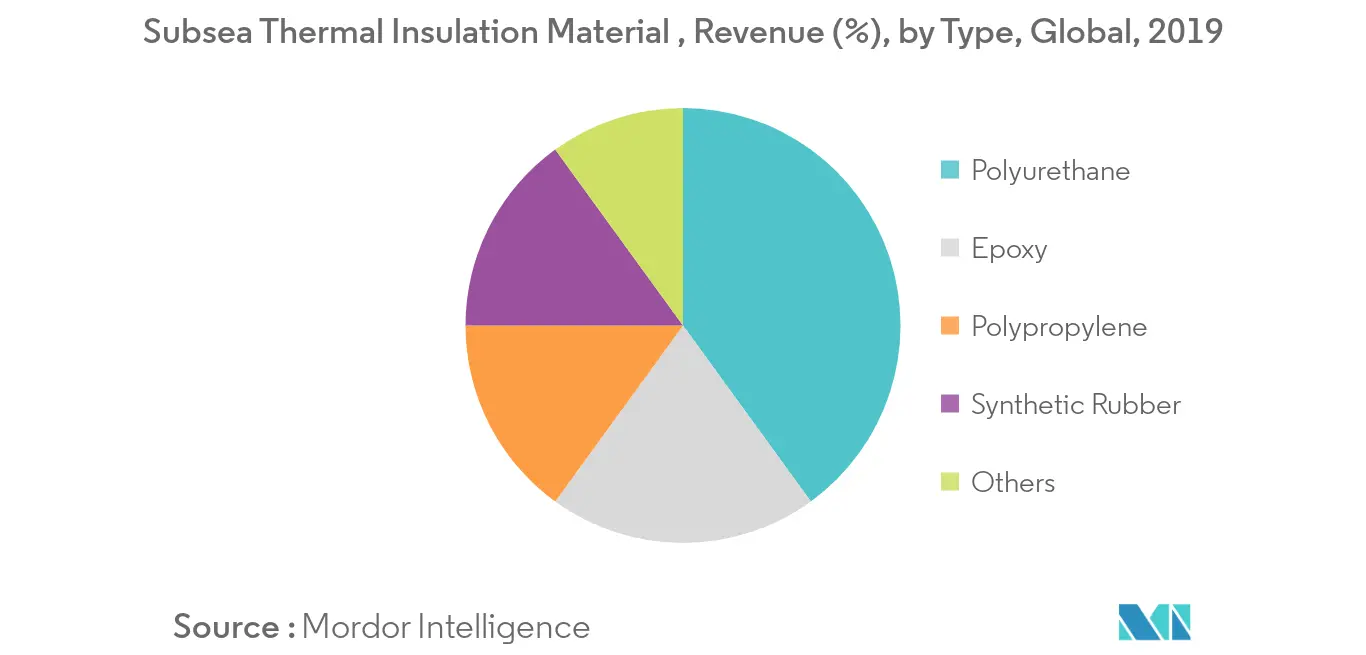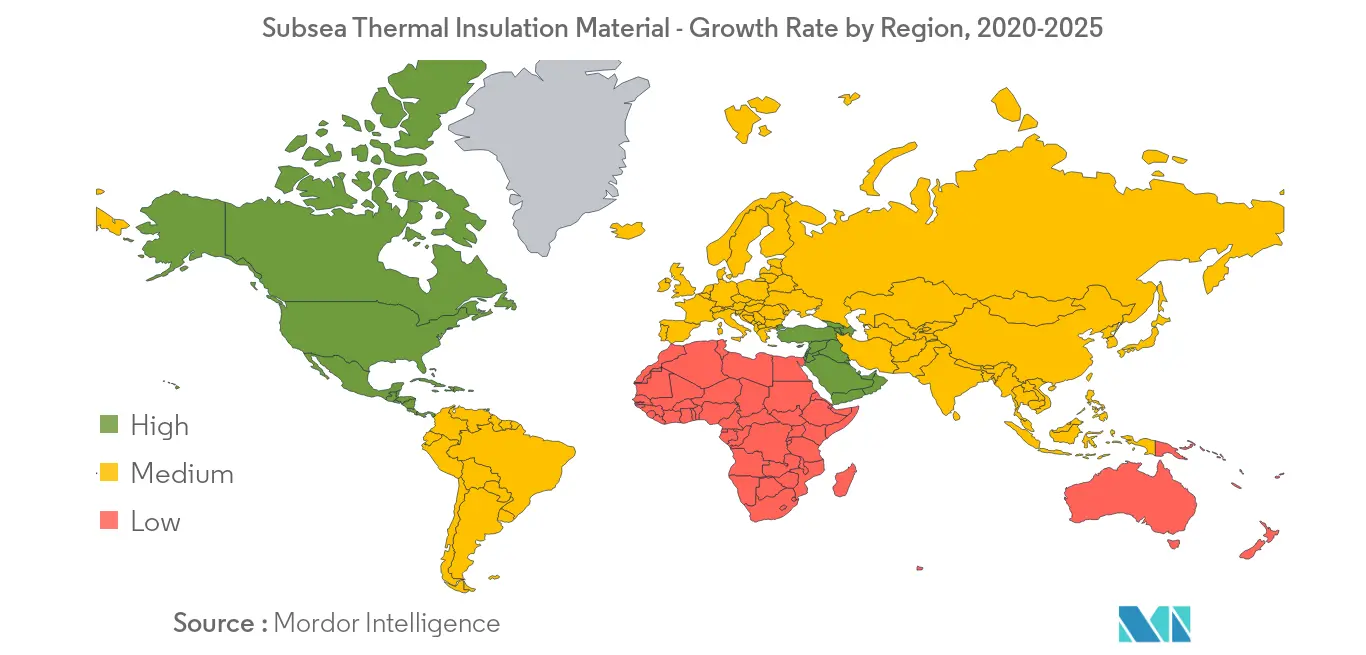Market Trends of Subsea Thermal Insulation Material Industry
This section covers the major market trends shaping the Subsea Thermal Insulation Material Market according to our research experts:
Polyurethane Type to Dominate the Market
- In between the shutdown and restart period, the subsea pipeline experiences the most severe flow assurance problem, due to flow stagnation and rapid heat loss.
- When the subsea pipeline temperature steeply drops below wax appearance temperature (WAT) and hydrate appearance temperature (HAT), it causes the pipeline to clog.
- In certain circumstances, clogging may affect the well productivity during restart condition and in the worst-case scenario, the well must be abandoned. Thus, thermal insulation of the subsea pipeline is of utmost importance to protect the integrity of the pipe flow, during the shutdown period.
- Currently, there are no easily accessible methods and standard practices to select the optimum thermal insulation of the subsea pipeline for flow assurance, but materials, like polyurethane, polypropylene, epoxies, and synthetic rubbers are used.
- Out of these, polyurethane material is the most used one, majorly because of its low K-value (W/m. K) when compared to other materials. The lower the k-value, the lower the materials ability to transfer/conduct heat.
- The K-value for polyurethane ranges from 0.13 to 0.17, polypropylene, on the other hand, has a range of about 0.21-0.26 of K-value, rubber exhibits K-value range of 0.14-0.28 and epoxy about 0.14-0.17.
- Other than K-value, the broad range of density exhibited, good adhesion quality, high flame resistance, and smooth and regular surface exhibited by polyurethane make it the most used material for subsea thermal insulation.

North America to be the Fastest Growing Region
- The United States has the largest share of announced and planned oil and gas trunk pipelines between 2019 to 2023. The country announced that 27,000 kilometers of pipeline and 18,500 kilometers of pipelines are still in the planning phase.
- North America's natural gas production increased by 9.8% in 2018 when compared to 2017, which was the highest in the world.
- The United States was the leader in natural gas production with 715 million metric tons of oil equivalent around the world, while Canada was fourth, with approximately 159 million metric ton, in 2018.
- North America also came second, in terms of oil production worldwide, from 2009 to 2018, with a share of 23.8%, with the highest being the Middle East with a share of 33.5%, globally.
- Crude oil production in Canada has been increasing year on year, in 2016 it was 218 million metric ton, in 2017, it increased to 235 million metric ton, and reached 255 million metric ton in 2018.
- Therefore, based on increasing pipeline building and increasing production, it is expected that North America will dominate the market in near future.

